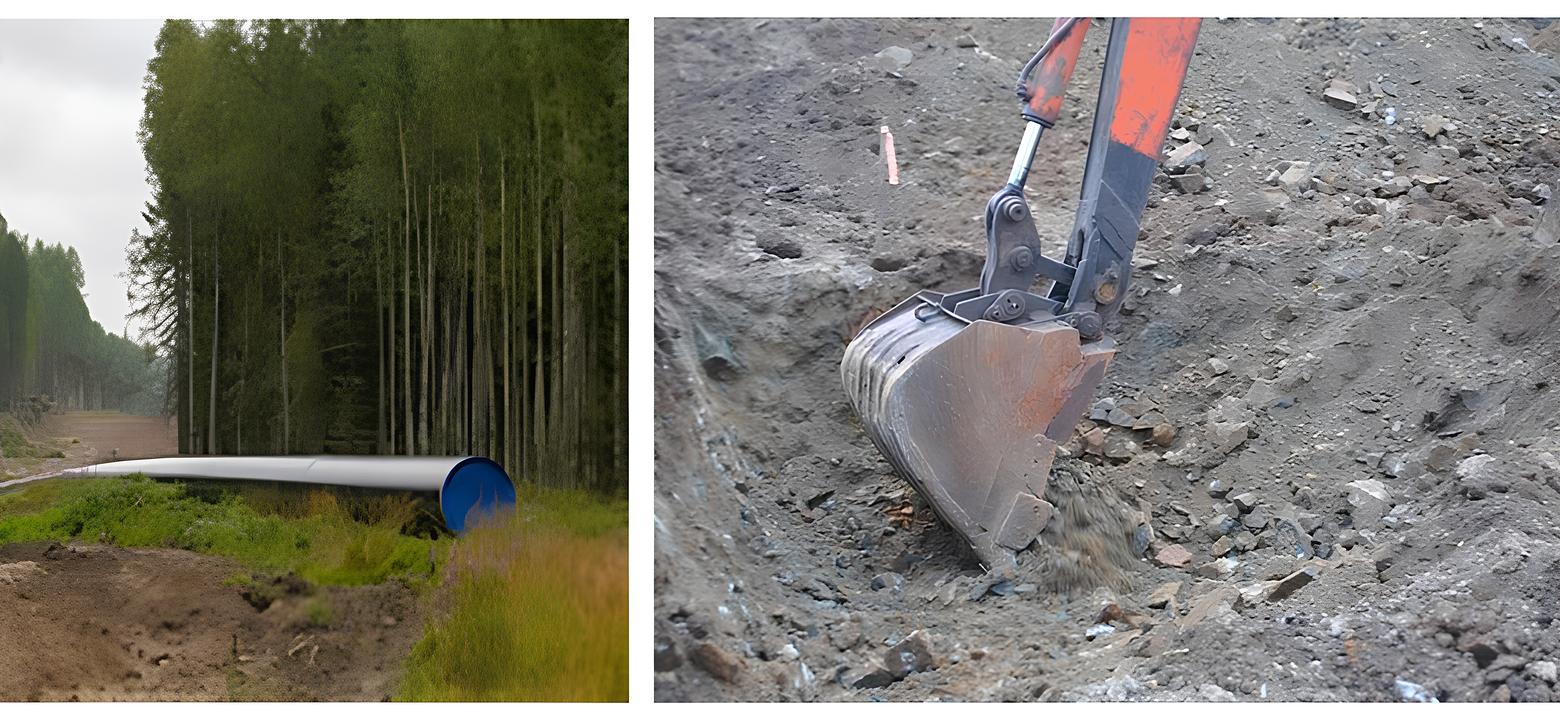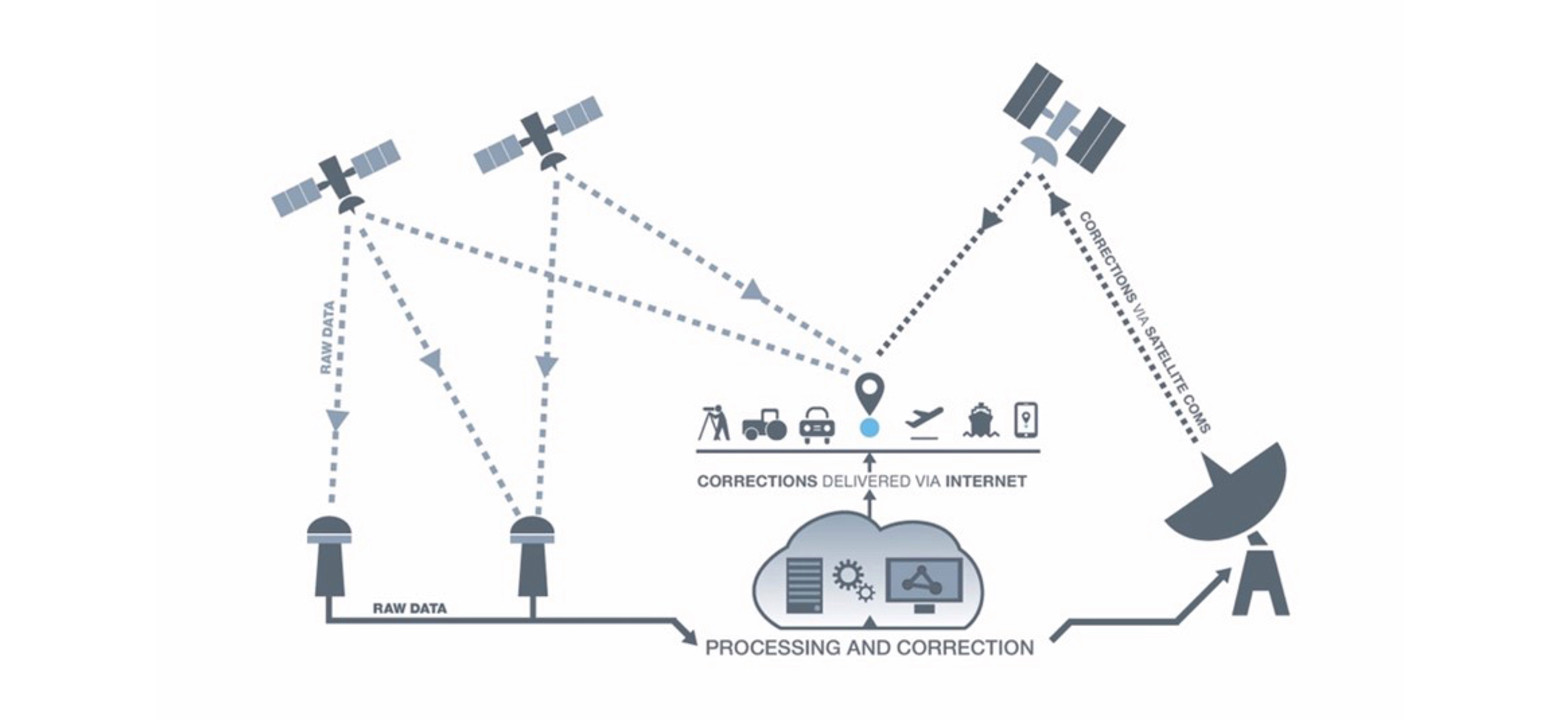GeoSaFence: Safety system for reducing excavation damage to transport pipelines for hazardous substances
In the construction industry, as well as reparation works, there is always a risk to damage critical underground infrastructure such as pipes and cables that are hidden or unknow to the operators.
For example, one crucial asset of these underground infrastructure are high-pressure pipelines which carry oil and gas. Financial, health and social impact of damage to these types of critical infrastructures may be of a high impact in term of costs. Although, for example the high-pressure pipelines in the Netherlands are mapped accurately and the location information is provided via KLIC-melding service from the Kadaster, still some excavation activities are carried out without using KLIC-melding service and they cause damage to the high-pressure pipelines.

Thus, the main goal of the GeoSaFence project is to develop a safety device that can reduce the number of pipeline damages caused by excavation activities, via a smart monitoring device provided with high accurate positioning sensors as well as up to date infrastructure location via the KLIC-melding service. The project results aim to deliver a low-cost but accurate safety device which can be mounted on the excavation equipment and alerts the equipment operator or pipeline owner if an excavation activity is being carried out close to the high-pressure pipelines.

As part of the connected embedded systems research line, the Ambient Intelligence research group will contribute a focus on the following topics:
- Sensor fusion and advanced algorithms to improving the localization services for robust and reliable position detection.
- Accuracy optimization of GNSS sensor streams with added RTK functionalities for GBAS and SBAS services.
- IoT system development and cloud integration – Wireless communications, embedded software and life cycle management
Partners
Witteveen Bos (Project coordinator), Saxion University and other industrial partners.
Duration
July 2023 until July 2025
Financing
Rijksdienst voor Ondernemend (RVO) - Subsidieregeling Versterking Omgevingsveiligheid industriële activiteiten (SVO)
More information
For more information, please contact Javier Ferreira Gonzalez:
